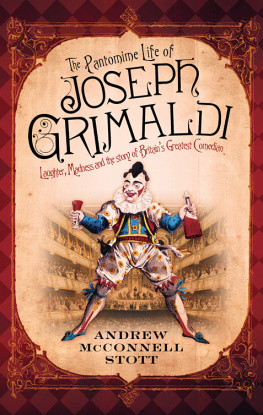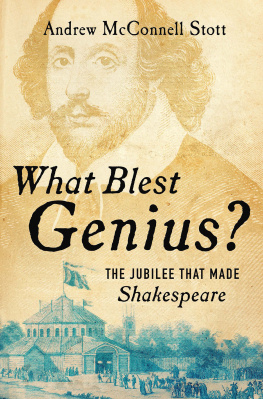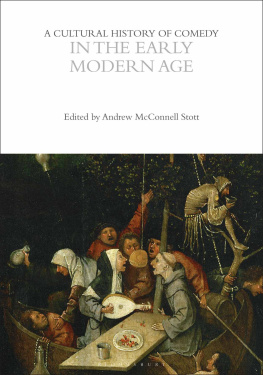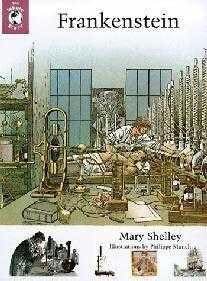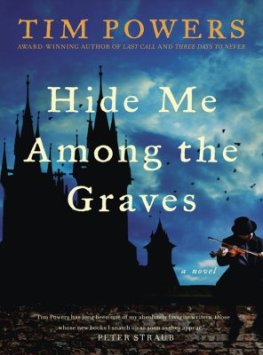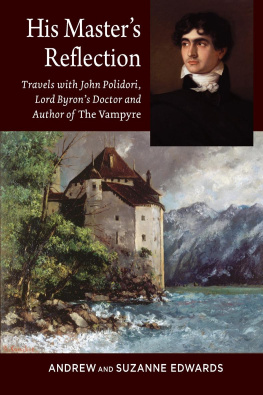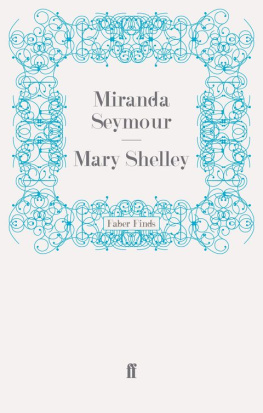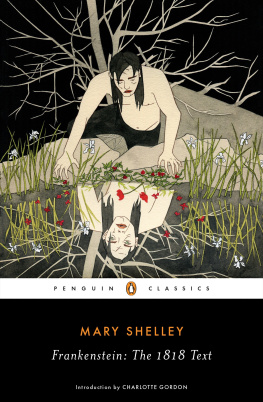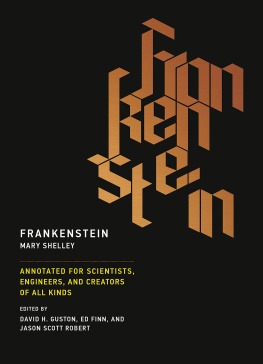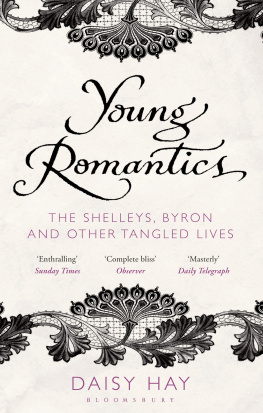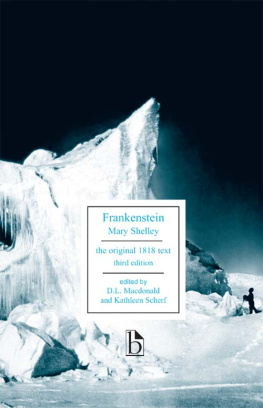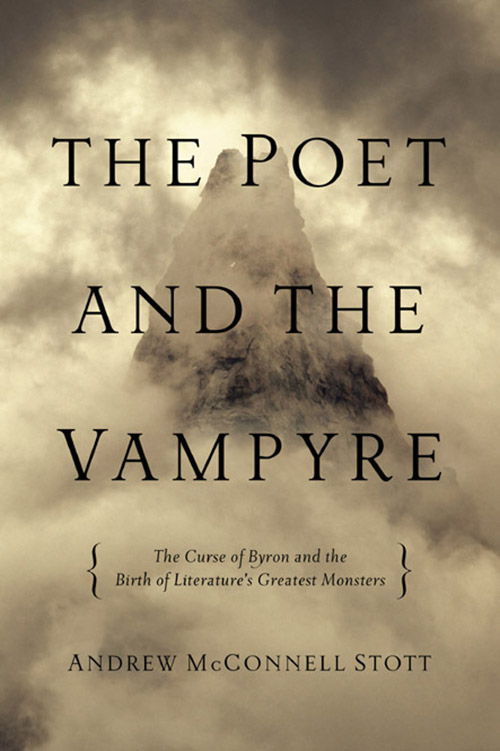
Also by Andrew McConnell Stott
The Pantomime Life of Joseph Grimaldi: Laughter, Madness
and the Story of Britains Greatest Comedian
THE POET AND
THE VAMPYRE
The Curse of Byron and the
Birth of Literatures Greatest Monsters
ANDREW McCONNELL STOTT

PEGASUS BOOKS
NEW YORK LONDON
THE POET AND THE VAMPYRE
Pegasus Books LLC
80 Broad Street, 5th Floor
New York, NY 10004
Copyright 2014 by Andrew McConnell Stott
First Pegasus Books hardcover edition 2014
All rights reserved. No part of this book may be reproduced in whole or in part without written permission from the publisher, except by reviewers who may quote brief excerpts in connection with a review in a newspaper, magazine, or electronic publication; nor may any part of this book be reproduced, stored in a retrieval system, or transmitted in any form or by any means electronic, mechanical, photocopying, recording, or other, without written permission from the publisher.
ISBN: 978-1-60598-614-2
ISBN 978-1-60598-704-0 (e-book)
Distributed by W. W. Norton & Company, Inc.
For Josie, Frances and Floyd
Why do you make a book? Because my Hands can extend but a few score Inches from my body; because my poverty keeps those Hands empty when my Heart aches to empty them; because my Life is short, & my Infirmities; & because a Book, if it extends but to one Edition, will probably benefit three or four on whom I could not otherwise have acted... O but think only of the thoughts, feelings, radical Impulses that have been implanted in how many thousands of thousands by the little Ballad of the Children of the Wood! The sphere of Alexander the Greats Agency is trifling compared with it.
Notebook of Samuel Taylor Coleridge, MayJuly 1811
Who would write, who had any thing better to do?
Journal of Lord Byron, 24 November 1813


John William Polidori by F. G. Gainsford, c.1816 ( National Portrait Gallery, London)
Claire Clairmont by Amelia Curran, 1819 (Bridgeman Art Library)
George Gordon, Lord Byron, by Thomas Philips, 1813-14 ( Crown copyright: UK Government Art Collection)
Percy Bysshe Shelley by Alfred Clint, after a portrait by Amelia Curran ( National Portrait Gallery, London)
Portrait inscribed Mary Shelley by Richard Rothwell, c.1843 (The Bodleian Libraries, University of Oxford, Shelley Relics 39)
Ampleforth Lodge (from an old painting). Drawn by D. Maurus Blut
The Juvenile Library, from A Visit to London: Containing a Description of the Principal Curiosities in the British Metropolis, 1808 (The Carl H. Pforzheimer Collection of Shelley and His Circle, The New York Public Library, Astor, Lenox and Tilden Foundations)
View from the top of Calton Hill by Nelsons Monument, looking to the west by Rudolph Ackermann, 1823 ( Trustees of the British Museum)
Lynmouth, on the Coast of North Devon by William Daniell, 1814 ( Trustees of the British Museum)
Byrons Fare Thee Well by George Cruikshank, 1816 ( Trustees of the British Museum)
Napoleon Escaping on Horseback after the Capture of his Carriage, 1815 ( Trustees of the British Museum)
Portable Medicine Cabinet, early nineteenth century (Bridgeman Art Library)
The Field of Waterloo as it Appeared the Morning After the Memorable Battle, 1815 (Bridgeman Art Library)
LAuberge de Scheron (The Carl H. Pforzheimer Collection of Shelley and His Circle, The New York Public Library, Astor, Lenox and Tilden Foundations)
Cologny, near Geneva: the Villa Diodati which Byron Rented in the Summer of 1816 ( Mary Evans Picture Library)
Gaetano Polidori by Dante Gabriel Rossetti, 1848 ( National Portrait Gallery)
The Rossetti Family by Lewis Carroll (Charles Lutwidge Dodgson), 1863 ( National Portrait Gallery, London)
William Godwin by James Northcote, 1802 ( National Portrait Gallery, London)
Mary Wollstonecraft by John Opie, c.1797 ( National Portrait Gallery, London)
A View of the Simplon Pass, 1811 (Bridgeman Art Library)
Costessy Hall, Norfolk (The British Library)
Page from the first print edition of The Vampyre (Harvard College Library)
Physionotrace Portrait of Lady Mount Cashell by Edme Quenedey (The Carl H. Pforzheimer Collection of Shelley and His Circle, The New York Public Library, Astor, Lenox and Tilden Foundations)
Mocenigo Palace, the Residence of Lord Byron by Robert Wallis after Samuel Prout, 1831 ( Trustees of the British Museum)
Miniature of Clara Allegra Byron, c.1820 (The John Murray Collection)
Miniature of Clara Allegra Byron, c.1821 ( Russell-Cotes Art Gallery and Museum)
Countess Teresa Guiccioli (Print Collection, Miriam and Ira D. Wallach Division of Art, Prints and Photographs, The New York Public Library, Astor, Lenox and Tilden Foundations)
The Convent of San Giovanni, Bagnacavallo (courtesy of Fiona MacCarthy)
View of the Don Juan and Villa Magni as it appeared in 1822 by Daniel Roberts (Eton College Library)
Papers on Shelley prepared for E. J. Trelawny by Claire Clairmont (The Carl H. Pforzheimer Collection of Shelley and His Circle, The New York Public Library, Astor, Lenox and Tilden Foundations)


Dr Polidori stood by the side of the grave. At his feet lay his only patient.
Lord Byron was not dead, merely trying it for size. His exile had begun the day before and, although only twenty-eight years old, the question of the afterlife weighed heavily on his mind.
Their departure for the Continent had been delayed by contrary winds, and Byron, John Polidori, and Byrons two closest friends from university, John Cam Hobhouse and Scrope Berdmore Davies, had spent the day in Dover procuring last-minute items left in London and seeing the carriage stowed safely from bailiffs..
asked Byron.
I cannot tell, replied the sexton. I had not the burying of him.
It was the perfect answer, ideally complementing Byrons sense of futility and loss. , seemingly amplifying the nearby waves, he tossed the old man a crown to tidy the plot, got down on his knees and laid himself across its uneven sod.
Polidori said nothing, but inwardly, he was thrilled. , wrote the young doctor in his diary, for those ambitious of literary distinction.


No one had slept well the night before. : one to the composer Isaac Nathan, thanking him for the matzo bread, a charm against the destroying Angel, and a second to his dear half-sister Augusta Leigh, commanding her to never mention nor allude to Lady Byrons name again in any shape or on any occasion.
The false quiet was broken by the rattling of servants busying themselves with breakfast. , until at last the dark green livery of his friends coach emerged from the scrum.
Next page

